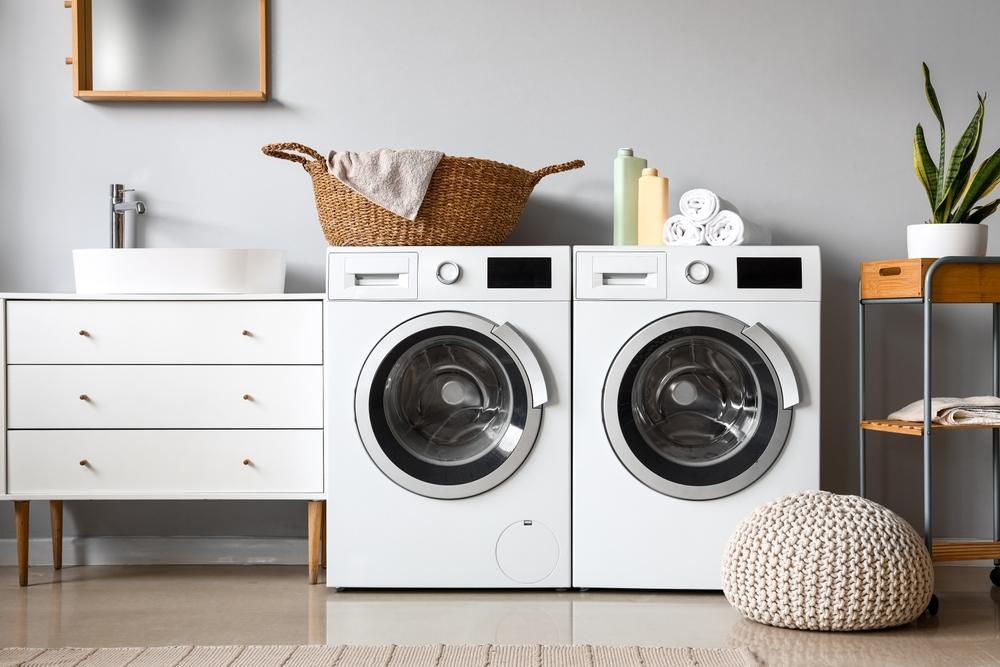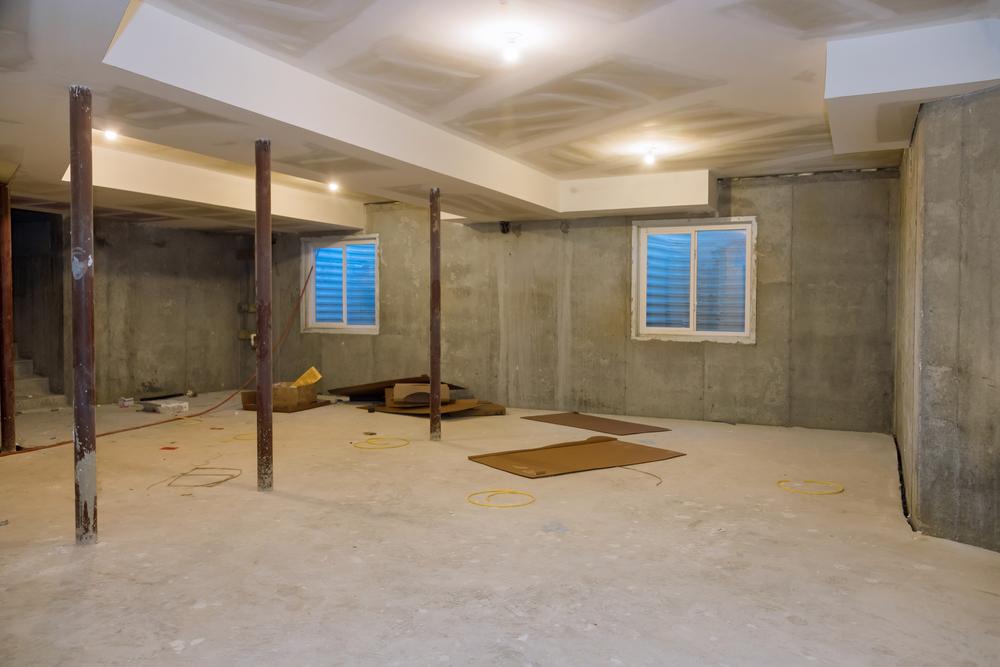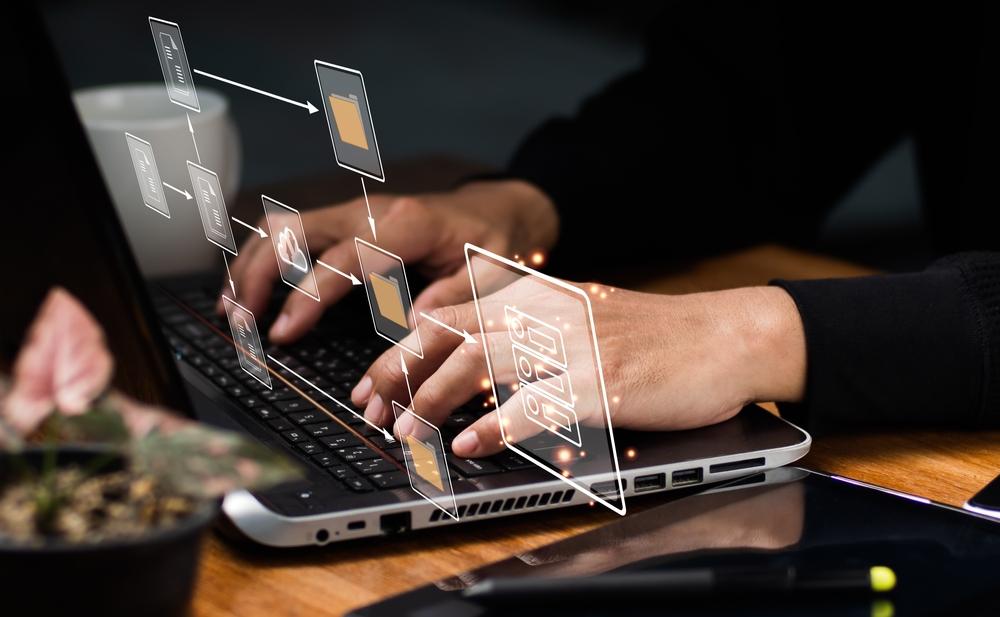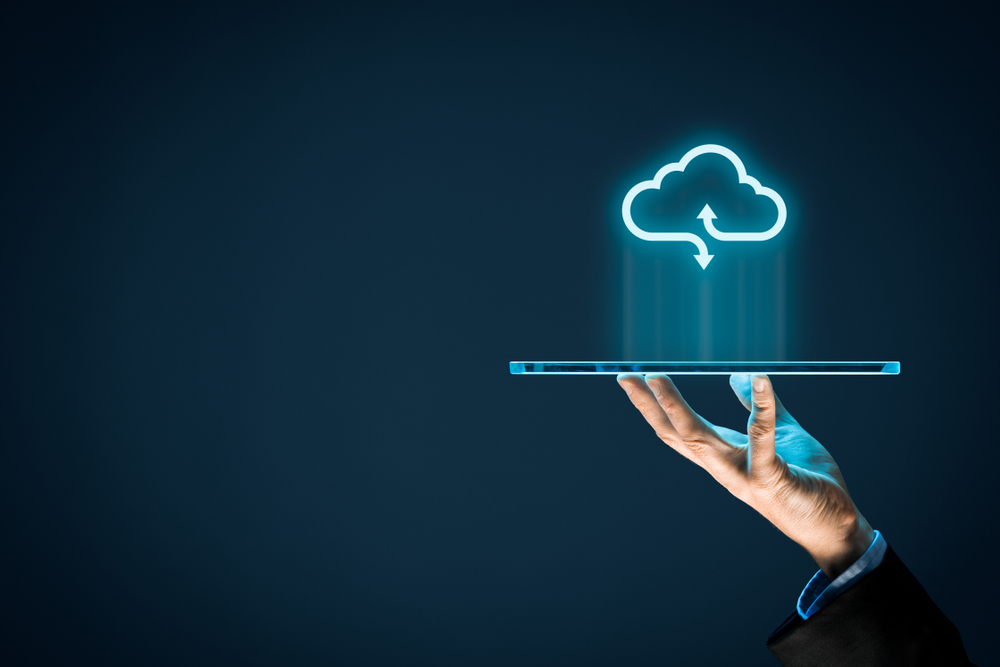Download Top PCB Fabrication
Discover the intricate process of PCB fabrication, explore various techniques, and learn about the top companies in the industry. Click the link below to learn more.
Printed Circuit Boards (PCBs) are essential components in nearly all electronic devices, providing the foundational framework for electrical circuits. The process of creating these boards, known as PCB fabrication, involves several intricate steps to ensure they meet the specific requirements for different applications.
This article delves into what PCB fabrication is, explores various fabrication techniques, and highlights some of the top companies in the industry.
What is PCB Fabrication?
PCB fabrication refers to the manufacturing process of creating printed circuit boards, which are used to mechanically support and electrically connect electronic components. These boards consist of conductive pathways, tracks, or signal traces etched from copper sheets laminated onto a non-conductive substrate. The fabrication process is critical in defining the performance and reliability of the final electronic product.
Key Steps in PCB Fabrication
-
Design and Layout
- The fabrication process begins with designing the PCB layout using Computer-Aided Design (CAD) software. This layout dictates the circuitry and the placement of components on the board.
-
Printing the Design
- The PCB design is transferred onto a copper-clad laminate, typically through methods like photolithography or direct imaging. This step establishes the pathways for electrical connections.
-
Etching
- The unwanted copper is removed from the board through chemical etching, leaving behind only the desired circuit pattern. This process can be controlled to create precise and intricate designs.
-
Lamination
- For multi-layer PCBs, layers are laminated together with insulating material between them. This lamination process is done under high temperature and pressure to ensure a robust and compact structure.
-
Drilling
- Holes are drilled into the PCB to accommodate component leads and create vias, which connect different layers of the board. These holes must be precisely aligned and are typically plated to maintain electrical continuity.
-
Plating and Coating
- The PCB is then plated with conductive material, such as copper, to establish electrical connections through the drilled holes. The board is also coated with a protective layer to prevent oxidation and wear.
-
Solder Mask Application
- A solder mask is applied to the PCB to insulate the copper traces and prevent solder bridges between closely spaced components during assembly.
-
Silkscreen Printing
- Labels, symbols, and component references are printed onto the board using silkscreen printing to aid in component placement and troubleshooting.
-
Testing and Quality Control
- The fabricated PCB undergoes rigorous testing to ensure it meets the design specifications and is free from defects. This may include electrical testing, inspection, and performance evaluation.
Different PCB Fabrication Techniques
Single-Sided PCBs
- These boards have a single layer of conductive material and are used in simple electronic devices. They are the most basic and cost-effective type of PCB.
Double-Sided PCBs
- These boards feature conductive material on both sides, with through-hole technology or surface mounting to connect components on either side. They are commonly used in more complex applications.
Multi-Layer PCBs
- Multi-layer PCBs consist of multiple layers of conductive material separated by insulating layers. They are used in high-density applications such as smartphones and servers.
Rigid PCBs
- Made from solid materials that do not bend, rigid PCBs provide structural stability and are used in applications where the board must maintain its shape.
Flexible PCBs
- These boards are made from flexible materials, allowing them to bend and fold. They are used in applications where space is constrained, such as in wearable electronics.
Rigid-Flex PCBs
- Combining elements of both rigid and flexible PCBs, rigid-flex boards provide the structural integrity of rigid boards with the flexibility of flexible ones. They are used in complex applications that require both stability and adaptability.
Top Companies in PCB Fabrication
-
Advanced Circuits
- One of the largest PCB manufacturers in the United States, Advanced Circuits offers a wide range of PCB fabrication services, from prototyping to full-scale production.
-
TTM Technologies
- TTM Technologies is a global leader in PCB manufacturing, providing advanced technology solutions and serving various industries including aerospace, defense, and telecommunications.
-
Jabil Circuit
- Known for its high-quality PCB solutions, Jabil Circuit specializes in complex and custom PCBs for a variety of industries, focusing on innovation and efficiency.
-
Shenzhen Kinwong Electronic Co., Ltd.
- A leading PCB manufacturer in China, Kinwong offers extensive PCB fabrication services and is known for its high-volume production capabilities.
-
PCBWay
- PCBWay provides cost-effective PCB fabrication and assembly services, catering to both hobbyists and professionals. They are known for their quick turnaround and quality service.
Current Promotions and Offers
- Advanced Circuits often provides discounts for first-time customers and volume orders.
- PCBWay offers various promotional deals, including discounts on prototyping services and free shipping for certain order sizes.











